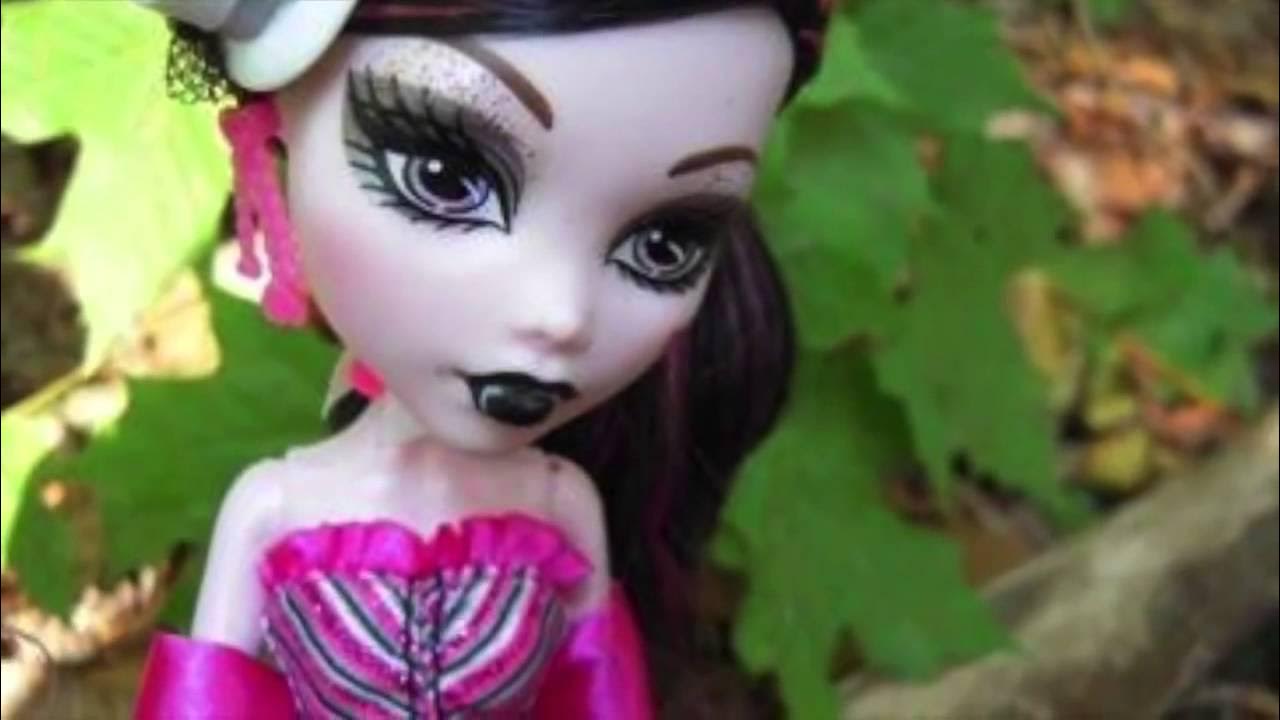Beyond the Blue and Pink Toy Divide | Elizabeth Sweet | TEDxUCDavisSalon
Summary
TLDRThe speaker discusses the gendered marketing of children's toys, noting that toys today are more segregated by gender than at any point in the 20th century. They share personal experiences and research indicating that this division can limit children's interests and contribute to gender inequality. The talk calls for a return to more gender-neutral toy marketing to allow children to explore diverse interests without societal constraints.
Takeaways
- 🛍️ Gender segregation in toy stores is common, with toys often separated into pink and blue aisles based on traditional gender roles.
- 🎉 Target's decision to move towards gender-neutral toy presentation in 2015 sparked both excitement and controversy, with some fearing it would lead to confusion for children.
- 📸 The speaker documented the changes in Target's toy aisles, showing a reduction in gender-specific color coding but still noticeable differences in toy themes and colors.
- 👧 The speaker's personal experience with her daughter highlights the impact of gendered toys on children's choices and self-doubt, even when options seem more gender-neutral.
- 🔍 Historical research by the speaker shows that toys were less gendered in the past, with advertisements from the 20th century reflecting a broader range of toys for all children.
- 📊 The speaker's analysis of over 7,000 Sears catalog toy advertisements indicates that toys today are more gendered than at any point in the 20th century.
- 👦🏼👧🏼 The impact of gendered toys extends beyond individual children, potentially contributing to societal gender inequalities such as occupational segregation and the wage gap.
- 🦄 The story of Michael Morones, a child who attempted suicide due to bullying over his interest in My Little Pony, illustrates the severe social consequences of gendered toy marketing.
- 🤔 The speaker encourages a thought experiment about a child named Olivia to emphasize how gendered toy aisles can limit children's interests and aspirations.
- 🌈 The idea that de-gendering toys leads to beige uniformity is a misconception; historically, toys were colorful and diverse without being gender-specific.
- 💬 To truly move beyond the pink and blue divide, deeper societal conversations about gender equality, consumer culture, and the role of corporations in children's lives are necessary.
Q & A
What change did Target announce in August regarding their toy sections?
-Target announced that they would stop using gender-specific pink and blue backdrops and signs, moving towards a more gender-neutral presentation of toys.
What was the speaker's personal observation of the toy aisles in the past compared to the present?
-The speaker noticed that toys were not as gender-segregated in the past as they are today, with toys like Lincoln Logs, Tinker Toys, and Legos being considered just toys for kids, not specifically for boys.
What was the outcome of the speaker's research on Sears catalog toy advertisements over the 20th century?
-The research showed that toys are more gendered today than at any point in the 20th century, with a significant increase in gender-specific marketing and a decrease in toys that were not defined by gender.
Why did the speaker's daughter initially hesitate to choose a dinosaur-themed lunchbox?
-The daughter hesitated because the lunchbox was labeled as a 'boy's lunchbox,' which made her doubt whether it was appropriate for her to have, reflecting the impact of gender stereotypes on children's choices.
What incident involving Michael Morones highlights the social cost of gendered toys?
-Michael Morones, a fan of My Little Pony, was bullied for his interest in the show, which is designed for girls, leading him to attempt suicide at the age of 11.
How do gender stereotypes in toys potentially impact societal gender inequalities?
-Gender stereotypes in toys can contribute to processes that create and sustain gender inequality, such as occupational segregation and the wage gap, by shaping children's aspirations and reinforcing traditional gender roles.
What thought experiment was proposed to understand the implications of gendered toy aisles for children like Olivia?
-The thought experiment involved imagining a little girl named Olivia with diverse interests and considering how gendered toy aisles might limit her choices and influence her perception of what is appropriate for her gender.
What misconceptions about de-gendering toys does the speaker address?
-The speaker addresses misconceptions that de-gendering toys would lead to a uniform, beige selection or that girls would be forced to play with traditionally masculine toys and vice versa.
What historical evidence does the speaker provide to counter the misconceptions about de-gendering toys?
-The speaker cites her own childhood experience and advertisements from the 1970s Sears catalog, which show a variety of toys that were not heavily gendered and allowed for diverse play patterns.
What role did the organization 'Let Toys Be Toys' play in the context of the speaker's discussion?
-The organization 'Let Toys Be Toys' is mentioned as an example of groups that have successfully used social media to pressure toy companies and retailers to stop gender-specific marketing.
What deeper conversations does the speaker believe are necessary to move beyond the pink and blue divide?
-The speaker believes that we need to re-engage in conversations about gender equality and the role of consumer culture in children's lives, which were more prevalent in the 1970s, to ensure that children's interests are not dictated by corporate profit.
Outlines

Cette section est réservée aux utilisateurs payants. Améliorez votre compte pour accéder à cette section.
Améliorer maintenantMindmap

Cette section est réservée aux utilisateurs payants. Améliorez votre compte pour accéder à cette section.
Améliorer maintenantKeywords

Cette section est réservée aux utilisateurs payants. Améliorez votre compte pour accéder à cette section.
Améliorer maintenantHighlights

Cette section est réservée aux utilisateurs payants. Améliorez votre compte pour accéder à cette section.
Améliorer maintenantTranscripts

Cette section est réservée aux utilisateurs payants. Améliorez votre compte pour accéder à cette section.
Améliorer maintenant5.0 / 5 (0 votes)






